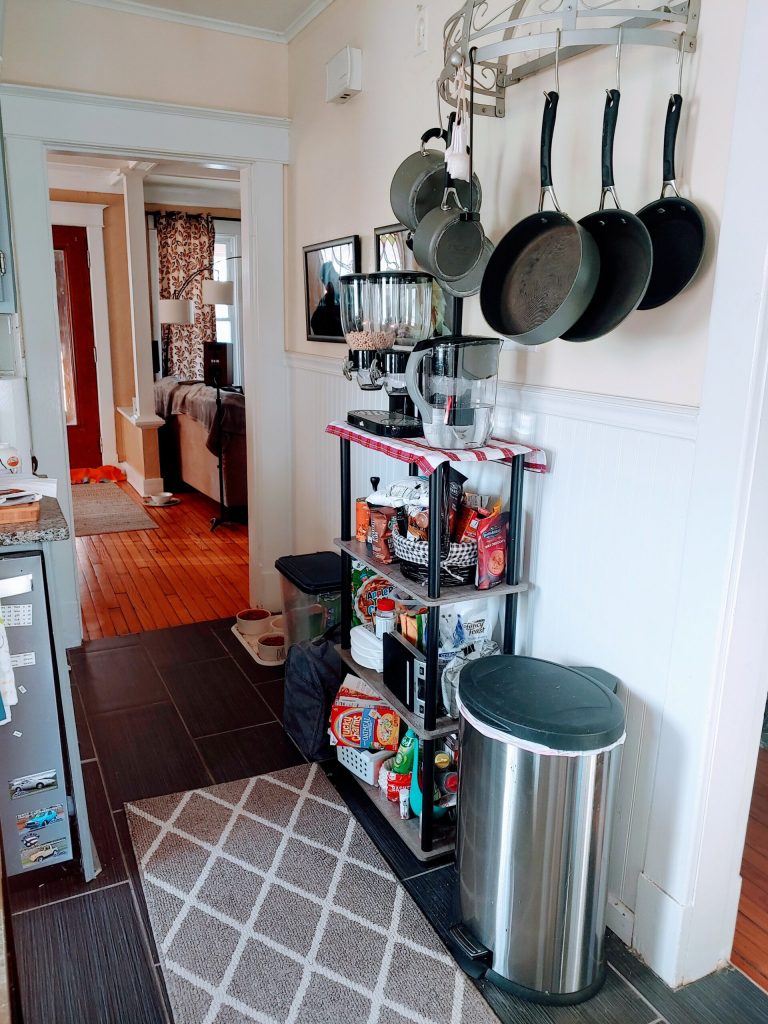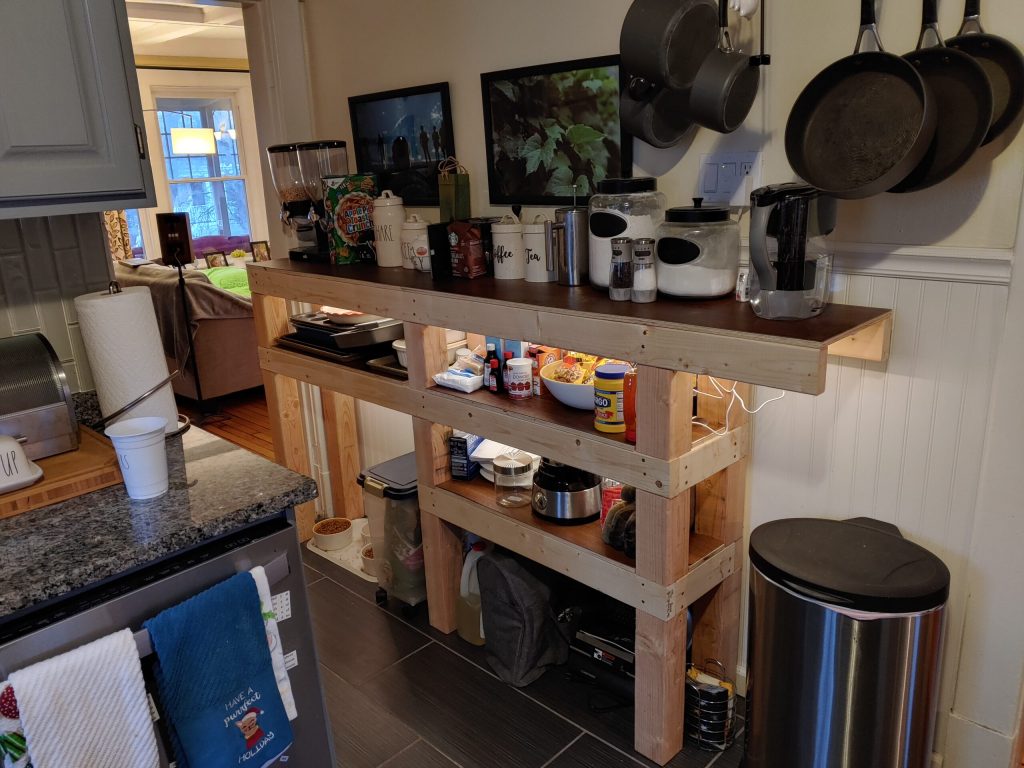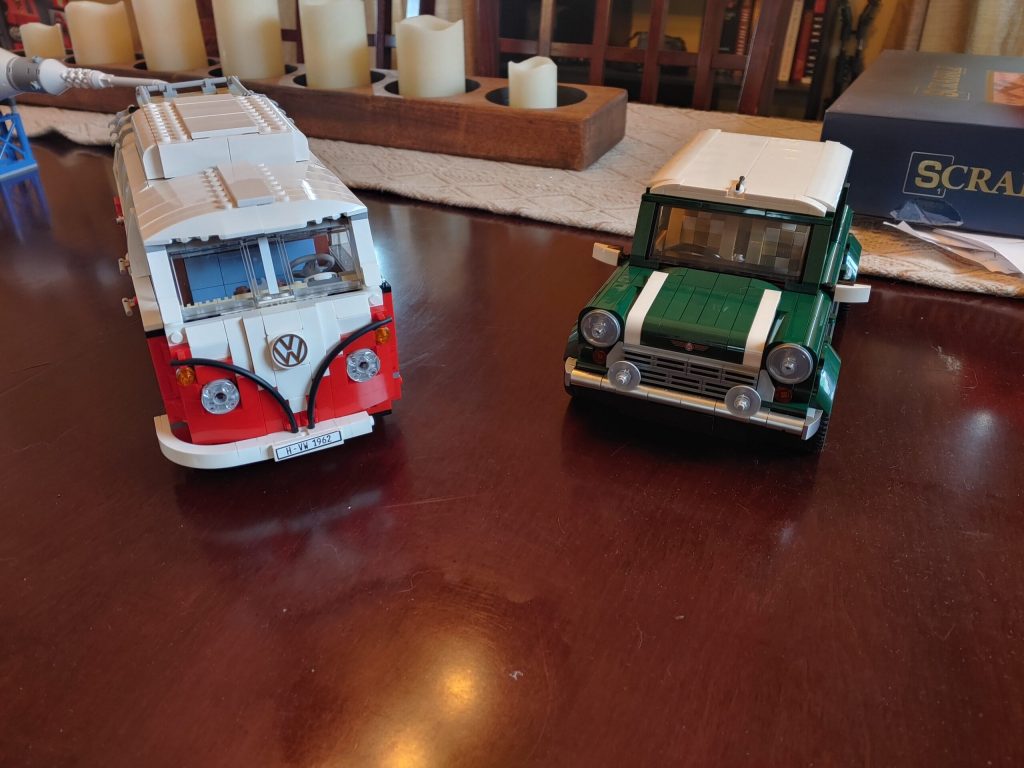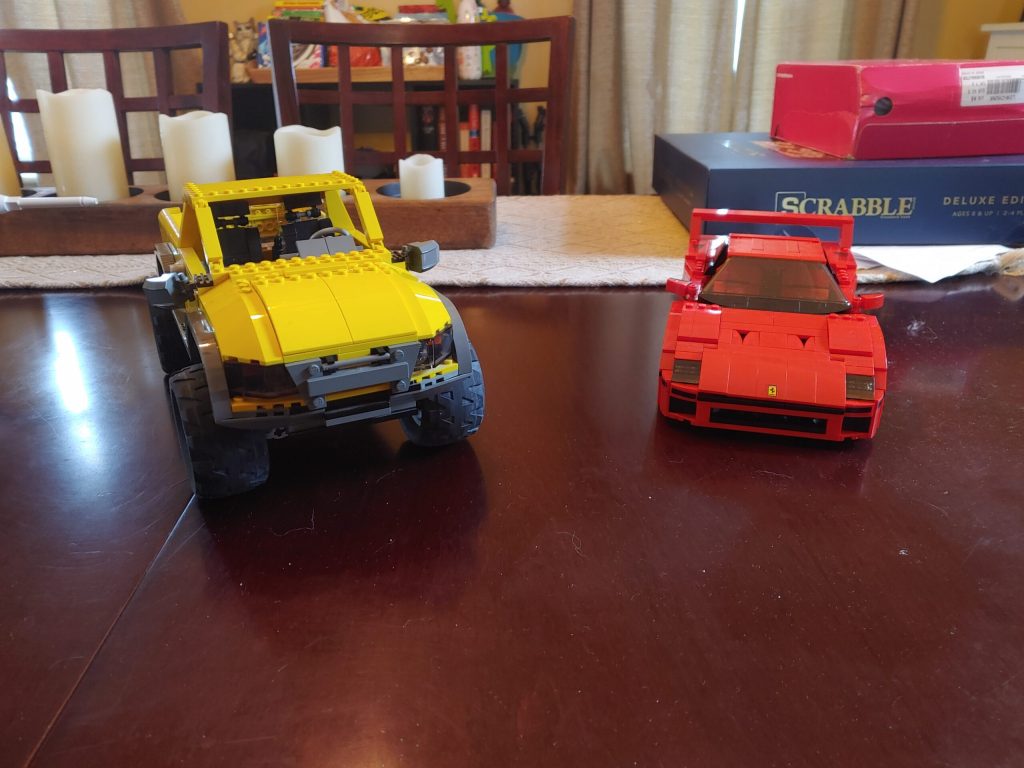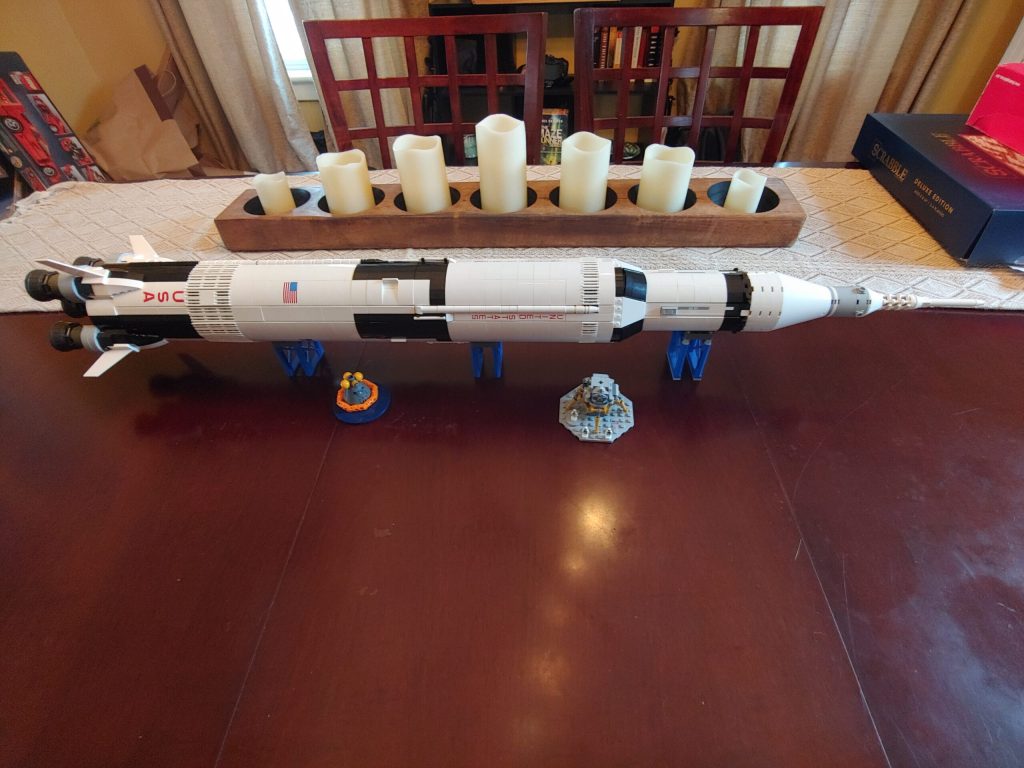The Suspension
Last week we got a Saturn Sky in at my work. Since they came out, I’ve always thought they were a great looking car, maybe even a work of art. The interior, it turns out, leaves a lot to be desired. It’s everything terrible about GM from 10-15 years ago, but I suppose it was a pretty inexpensive car when it was new.

By Reedred – Own work, CC BY-SA 3.0, Link
The Sky/Solstice was built on the GM Kappa platform, a brand new design for a two seat convertible similar to a Miata. Knowing this, I was interested to inspect the suspension design on this car. The Miata, at least the NA and NB generations I’ve looked into, have simple front and rear spindles that are easy to adapt the the Locost design. It turns out the Sky might be even better.
The front and rear spindles appear very similar (I suspect they may even be identical). They’re made of aluminum, which is appealing due to its lighter weight than the Miata’s iron spindles. Both front and rear take ball joints top and bottom, with a tie rod in the middle. This is the same as the Miata in the front, but different in the back. The Miata does not use ball joints in the back, just a simple clevis. The ball joints and tie rod on the Sky allow the toe to be adjustable in addition to camber. The only thing I don’t really care for is that the wheel speed sensor is integrated in the wheel hub/bearing assembly. They’re a lot more expensive than a press in bearing and I’m not sure yet if I can make use of the sensor.
They didn’t make a ton of Solstices and Skies, so finding a reasonably priced parts car a reasonable distance from me would be tricky. Luckily the parts I need are available for an okay price on eBay. On a whim, I cruised around and ended up with a set of four brake calipers with bolts and hoses, and both rear spindles. The calipers were $120, and the spindles $112. I think those are pretty tough prices to beat. If I decide not to build the car, I can always clean up the parts and sell them for a bit more than I paid.
The Drivetrain
My original plan was to use the B207R/Lk9 out of a Saab 9-3 2.0T. They’re very easy to find for cheap in my area. I’m also a Saab mechanic, so I can get any parts I need to refresh the engine and I have easy access to parts and electrical diagrams. I’ve decided not to use this engine though. While it’s a GM engine, there are a few proprietary Saab parts, the ECU among them. At work, we replace ECUs on 9-3s very frequently. The “new” ones aren’t new anymore, they’re rebuilt and have a high failure rate. The parts company has introduced another ECU part number, but using it requires modification to the wiring harness, and I suspect it won’t be any more reliable than what we already have.
With that in mind, I decided to look for new engine options. If money was no object, I’d probably go for an aluminum block GM V8. But money is an object, so I’ll have to go for something less expensive. I think a four cylinder of 2 liters or less is more in the spirit of the Lotus 7 anyways. I took a look at GM’s current crate engine offerings. Their four cylinder option, the LTG, looks like just the ticket. Of course a new engine would be way too expensive, but the LTG is available in several production cars in both front and rear wheel drive configurations (I’m not sure what the difference is and whether it’s important to me though). It puts out up to 272 horsepower and 295 ft-lbs of torque, depending on the car. The LTG can be found without too much trouble in the Cadillac ATS, Buick Regal and Chevrolet Malibu. It seems to be fairly inexpensive to get a wrecked Regal, so I’ll probably try to take that route. The LHU, as installed in the Regal GS or Buick Verano Turbo, would be a fine alternative to the LTG. The LNF, in the Solstice GXP and Sky Red Line would also get the job done, but would probably be tougher to track down.
Any of those engine options should mate easily with the AR5 transmission I’ve been planning on using. I’m not totally sure about options for a flywheel and clutch, but it shouldn’t be terribly difficult to figure out. I hope.
With all this GM stuff, it makes sense to use a GM differential. My ideal choice would be the 3.73 limited slip unit out of a Sky Red Line or Solstice GXP. Those seem a tad expensive for me, so another option could be the 3.42 limited slip differential from a Cadillac CTS. I’ve read they’re the same basic thing, but I’m unsure if the Solstice/Sky axles would fit right into the CTS differential. I’m also concerned about having to have the axles shortened or lengthened because I suspect (but don’t know) that it might be expensive.
So that’s where the concept for this project is at the moment. I’m still not totally sure if it’s going to happen, mostly because my garage needs to get into decent shape before I build anything. The majority of the work shouldn’t be very expensive, but getting someone to add a few electrical circuits to the house might be. I’ll have to call some places and get estimates. After that’s done, the holes in the siding need to be fixed, new overhead doors need to be installed and lighting and electrical outlets need to be added, all of which I can probably handle myself. We’ll have to see how it goes.
